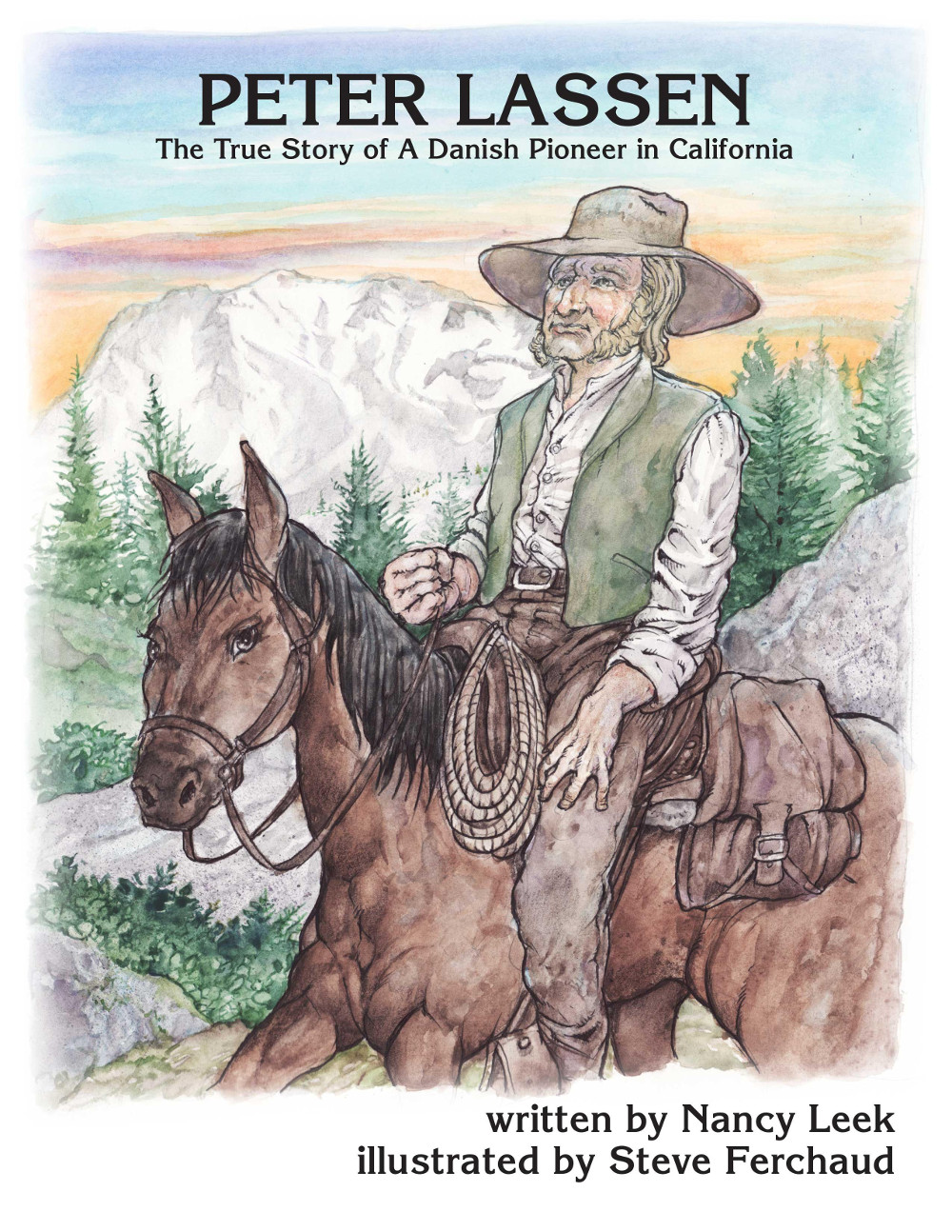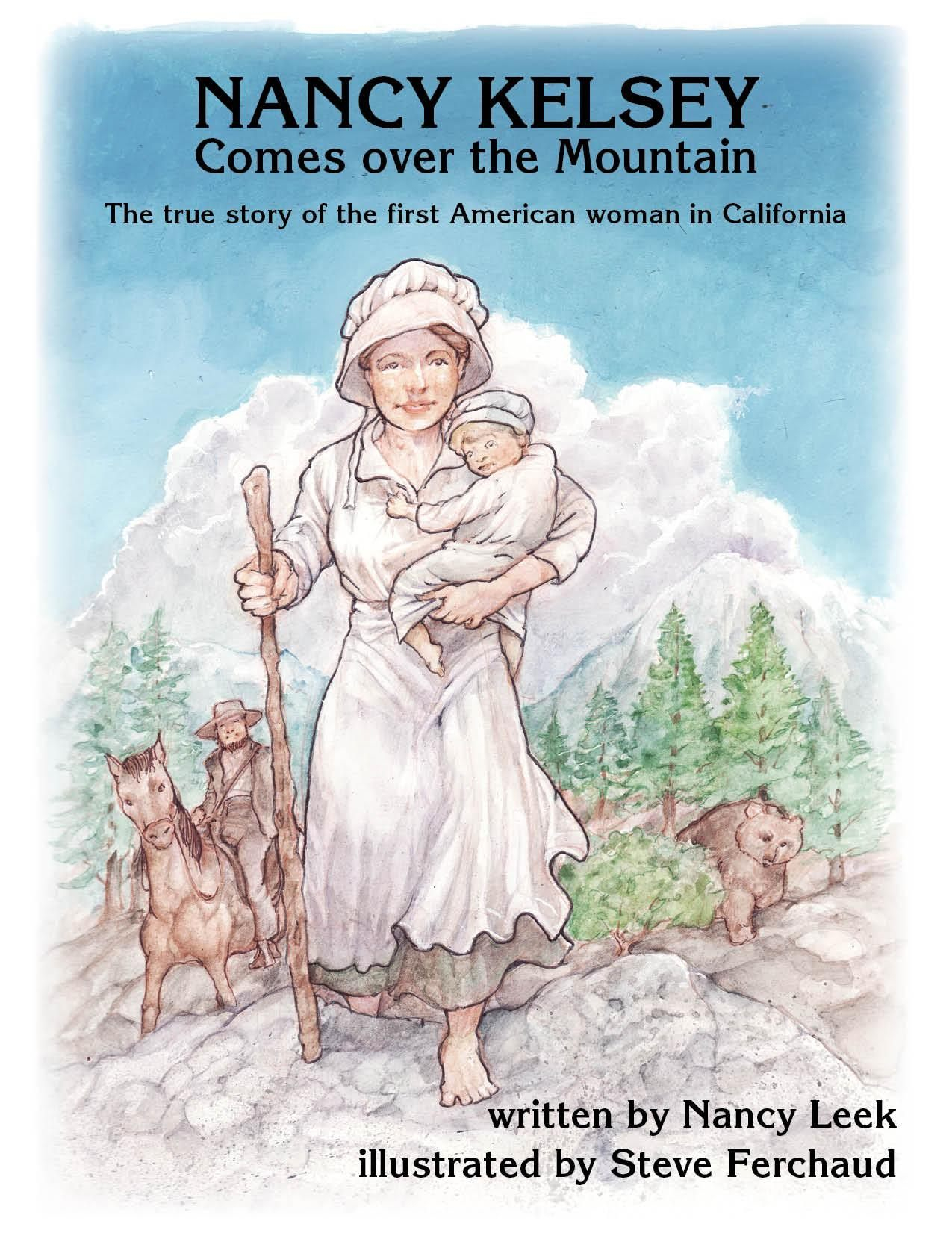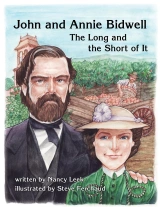Sunday, 5th. Grass having become scarce, we concluded to move on a little every day to meet Capt. B[artleson] & H[opper]. Traveled about 6 miles and encamped by a beautiful cedar grove.
After a week at Tenmile Spring, the company decides to move on. Their animals have pretty much used up the grass at the spring and they need to find a new location.
Their animals were a mixture of horses, mules, and oxen. This raises the question: Why pick one over the other? Did it make a difference which you picked to pull your wagon?
Horses were faster but they required additional grain to keep them fit for the journey, and hauling grain for the horses would take up valuable space in the wagon. They lacked the stamina of mules or oxen and were more likely to be stolen by Indians. Generally, horses were for riding, not for hauling wagons over the prairies. (Stagecoaches, with frequent stations to change horses, were a different story.)
Nancy and Ben Kelsey each had a horse to ride, in addition to their ox-drawn wagon. Nancy rode with her baby girl in her lap.
Mules had more stamina than horses. In spite of their reputation for being stubborn, they were valued because they were sure-footed and reliable. Like horses, they did best with some grain feed, but did better than horses without it. They were generally more expensive than oxen, costing $100 each. Several of the men had either mule teams or a single mule to ride.

Oxen became the choice of a majority of emigrants. They were a slower than mules, but were dependable, less likely to run off, and less likely to be stolen. They could survive on the available vegetation without needing extra grain. One yoke of oxen was enough for a small wagon. A larger, heavier load would need two or three yoke (with each “yoke” being two animals yoked together.)
In 1841 two oxen probably cost John Bidwell $25. Or as he put it, he was able to trade George Henshaw’s “fine black horse” for “a yoke of young cattle and a one-eyed mule for Henshaw to ride.”






